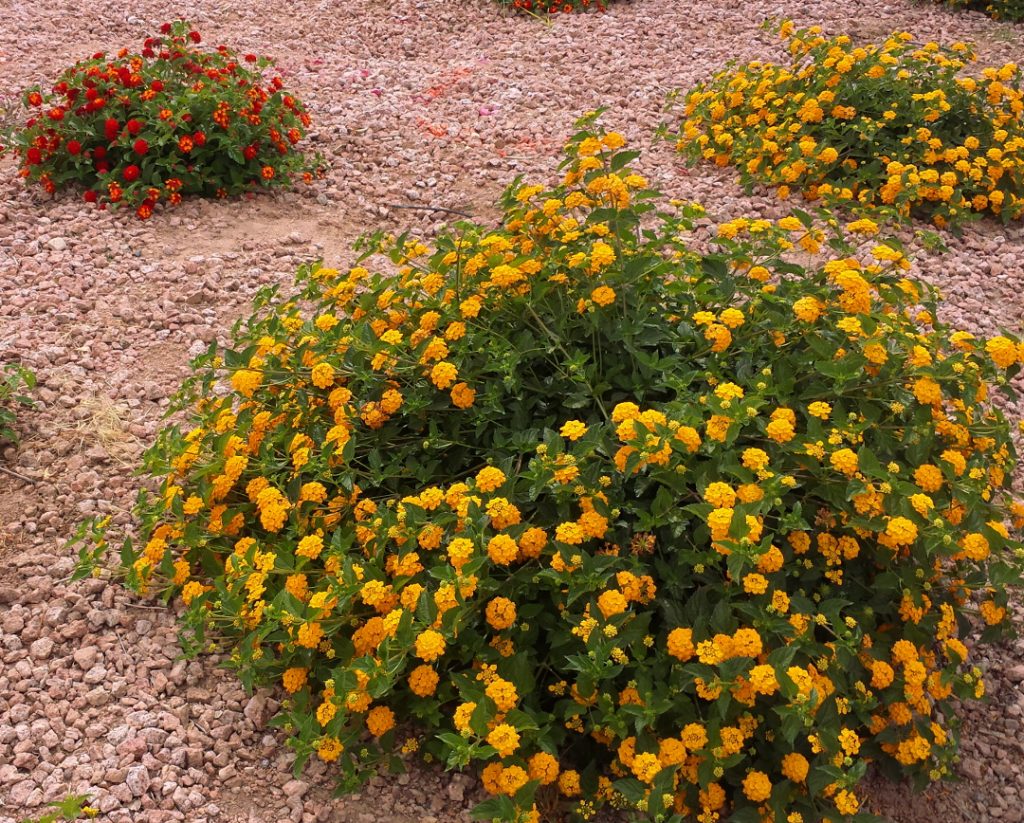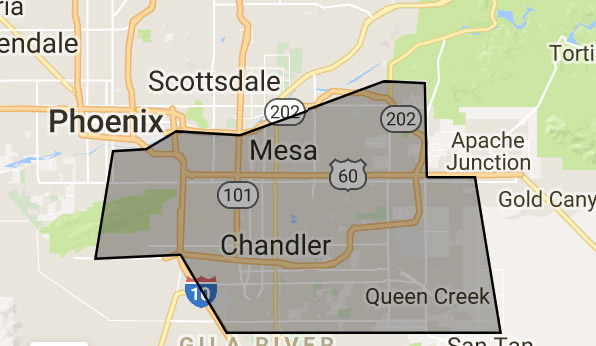
Whiteflies
A white, protective wax coating conceals the bodies of greenhouse, giant and silverleaf whiteflies as they drain sap from the backs of lantana leaves. Besides causing the leaves to yellow and drop, the winged adults and their larvae secrete sticky, clear waste called honeydew. Honeydew-covered leaves add to messiness of a whitefly invasion by luring black sooty mold fungi that cover the waste in velvety, black fungal strands. In heavy layers, they compromise photosynthesis and weaken the shrubs. Eliminating the whiteflies and their honeydew starves the sooty mold.
Whitefly Management
Lacewings, lady bugs and pirate bugs are some of whiteflies’ natural predators. These insects may control small whitefly populations, but lantanas suffering serious damage need further attention. A blast of water from a garden hose dislodges and drowns the adult pests. Follow up by pruning egg- and larvae-infested leaves, sealing them in a plastic bag and disposing of them. Insecticides kill only the whiteflies they reach. Saturating the lantana with insecticidal soap or neem oil until the product drips from all its leaves kills whitefly larvae. Apply them to recently watered lantanas when the temperature is below 80 degrees Fahrenheit. Used at manufacturer-specified rates, these insecticides won’t leave a lasting residue harmful to whitefly predators.





